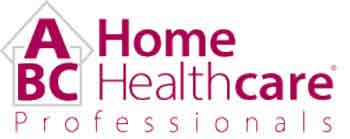The most important practices are the basics for coronavirus prevention everywhere, as recommended by the US Centers for Disease Control and Prevention (CDC). These were shared with our caregiving teams and we want to share them with you as well. Stay informed and stay safe.
- Cough or sneeze into a clean tissue, dispose of the tissue in covered trash or sealed plastic bag, and wash your hands immediately afterwards.
- Wash hands thoroughly with warm water and soap for 20 seconds after sneezing, touching surfaces that have not been disinfected or performing care tasks that require direct contact with the client
- If water and soap are not available, use alcohol hand sanitizer (at least 60% alcohol).
- Wear gloves, if you have a break in the skin of your hands or if you are performing care tasks with potential for exposure to body fluids directly from the client or from surfaces.
- Don’t touch your face.
- When possible keep at least 6 feet of distance between you and your client.
- Disinfect hard surfaces such countertops, sinks, toilets, and frequently touched points such as door handles, light switches, water faucets & toilet handles.
- Surfaces in your own home should be cleaned and disinfected.
- If surfaces are visibly dirty, clean them first with warm water and soap or other household cleaner before disinfection because the dirt can interfere with the disinfection of the virus.
- Following cleaning, non-porous (hard) surfaces like ceramic and stainless steel in bathrooms and kitchens can be disinfected using a dilute bleach solution. (4 teaspoons of bleach per quart of water or 5 tablespoons (1/3rd cup) of bleach per 1 gallon of water)
- Cleaning and disinfecting should be done in a well-ventilated room. Whenever possible, open the doors between rooms and open the window in the room where you are working at least a crack even in winter and turn on the bathroom fan. Ventilation will not only reduce the risk of irritation from cleaning product and disinfectant fumes but may also reduce the risk of spreading the virus by diluting virus airborne droplets and particles with more air.

